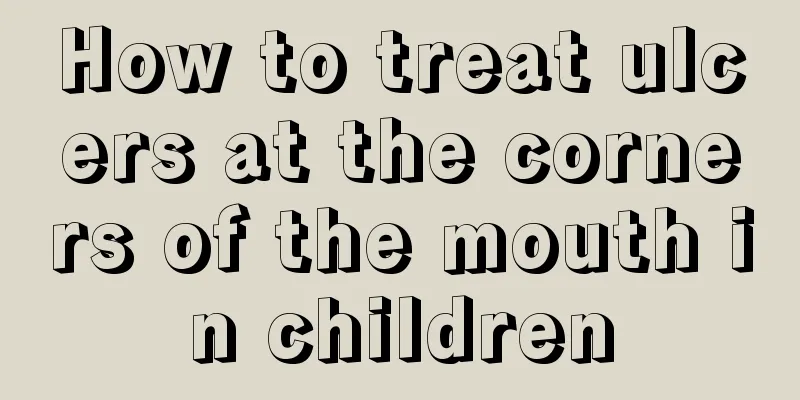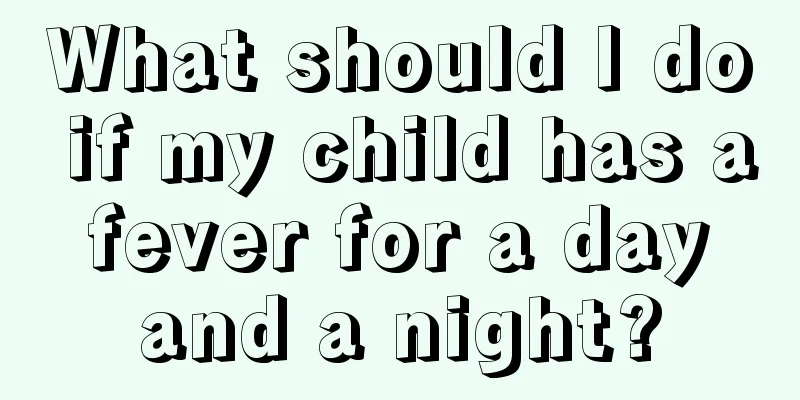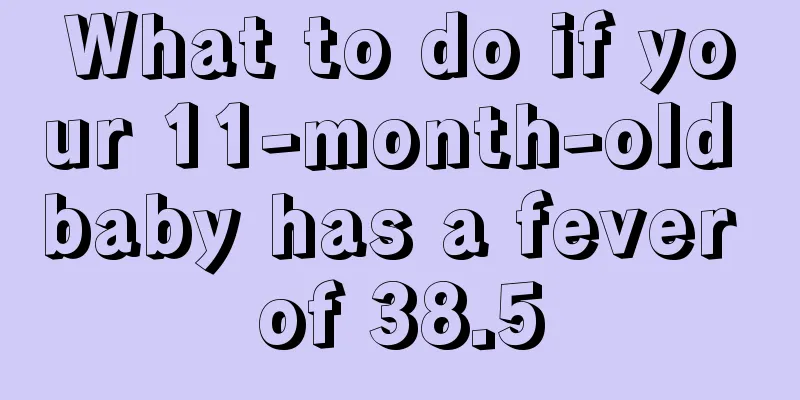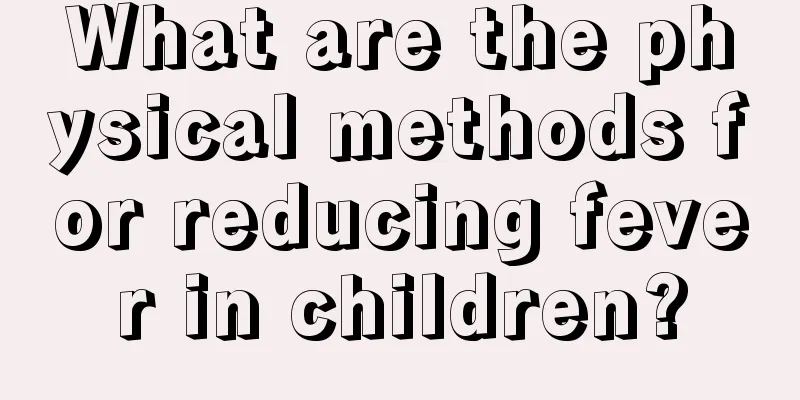What to do if a child has a 100-day cough
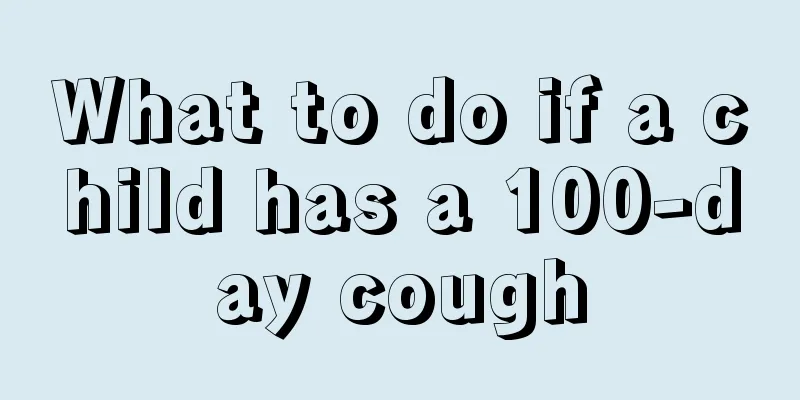
|
It is enough for parents to worry if their children catch a cold or get sick. If they develop whooping cough, parents may become extremely anxious. On the one hand, the child has been coughing for too long, coughing intermittently, and even having convulsions in severe cases. On the other hand, children are rather averse to taking medicine, and may not take the prescribed dosage on time each time, which also prolongs the treatment time. How to cure a child's whooping cough? Whooping cough is an acute respiratory infectious disease caused by Bordetella pertussis. Since the widespread implementation of pertussis vaccine immunization, the incidence of this disease has been greatly reduced. The clinical characteristics of whooping cough are gradually worsening cough, presenting as typical paroxysmal, spasmodic cough, with a deep, cock-crow-like inspiratory roar at the end of the cough. The course of the disease lasts for 2 to 3 months, hence the name whooping cough.Pathogens and epidemiology: 1. Pathogens It is usually caused by infection with Bordetella pertussis (B. pertussis for short), and can also be caused by Bordetella bronchiseptica and Bordetella parapertussis of the same genus. Bordetella pertussis is a Gram-negative bacillus that can produce some pathogenic substances, including pertussis toxin, tracheal cytotoxin, adenylate cyclase toxin, heat-labile toxin and endotoxin. Pertussis toxin can mobilize lymphocytes in the patient's lymphoid tissue to the peripheral blood and trachea. The cytotoxin can specifically damage the tracheal ciliated epithelial cells, causing them to degenerate and necrotize.
Whooping cough patients, latently infected persons and carriers are the sources of infection. The virus is most contagious from the end of the incubation period to 2 to 3 weeks after onset. Whooping cough is transmitted through respiratory droplets. Children under 5 years old are most susceptible. Ten years after children are vaccinated, the whooping cough infection rate is no different from that of unvaccinated children. treat 1. Control the source of infection Isolate sick children and quarantine susceptible people who have close contact for 21 days. 2. General treatment Isolate the respiratory tract, keep the air fresh, and avoid all factors that may induce coughing. Strengthen care to prevent complications and pay attention to nutrition. When a young infant is choking, artificial respiration and oxygen should be given immediately, and antispasmodics and expectorants should be given if necessary. Procaine can be given intravenously to reduce choking or convulsions, and heart rate and blood pressure should be monitored at the same time. If there is hypocalcemia, hypoglycemia, etc., symptomatic treatment should be given.
Applied in the catarrhal stage or early spasmodic cough stage, it can reduce infectiousness, alleviate symptoms and shorten the course of the disease. If used during the spasmodic cough phase, it will not significantly shorten the course of the disease. Erythromycin or roxithromycin is the first choice, with a course of treatment of no less than 10 days. Co-trimoxazole can also be used. 4. Treatment of complications If pneumonia occurs, sensitive antibiotics can be used. If encephalopathy occurs, symptomatic treatment such as dehydration and antispasmodics can be given. prevention 1. Autoimmunity At present, the DPT vaccine immunization program has been popularized in the country. Give one booster dose to children under 7 years of age who have not been vaccinated in the last 6 months and to those who have had close contact with the sick patient. 2. Drug prevention After close contact with patients, erythromycin can be taken orally for 10 days for prevention. |
<<: Can children drink milk powder when they have a fever?
>>: What to do if a four-month-old child coughs
Recommend
Introduction to viral herpes
Speaking of herpes, I believe we are all familiar...
What causes children to sweat easily?
In daily life, many children are prone to sweatin...
Severe spitting up of baby
Today's babies are the treasures of the whole...
What is the cause of red bloodshot eyes in babies?
Babies are a very young group that deserves our p...
What to do if your two and a half year old baby is nearsighted
In recent years, with the increasing number of el...
Causes of hypoglycemia in children
Children's physical health is an issue that p...
Reasons for rapid breathing in full-month-old babies
Many parents will find that their one-month-old b...
Early symptoms of epilepsy in children
Epilepsy is a common disease of the nervous syste...
Is keratitis contagious in children?
Keratitis is a relatively common ophthalmic disea...
What kind of milk can help children grow taller
Around us, I'm afraid that most girls are onl...
Do newborns have peeling skin?
It is a normal physiological phenomenon for newbo...
What should I do if my baby has eye mucus?
I believe everyone knows what a baby is. If there...
What to do if your two-month-old baby doesn't like to eat milk
A two-month-old baby does not like to drink milk,...
5 month old baby milk intake
A five-month-old baby is just beginning to eat co...
What is the pink polyp on the vaginal opening of a baby girl?
Pay attention to the hygiene of the baby girl'...

